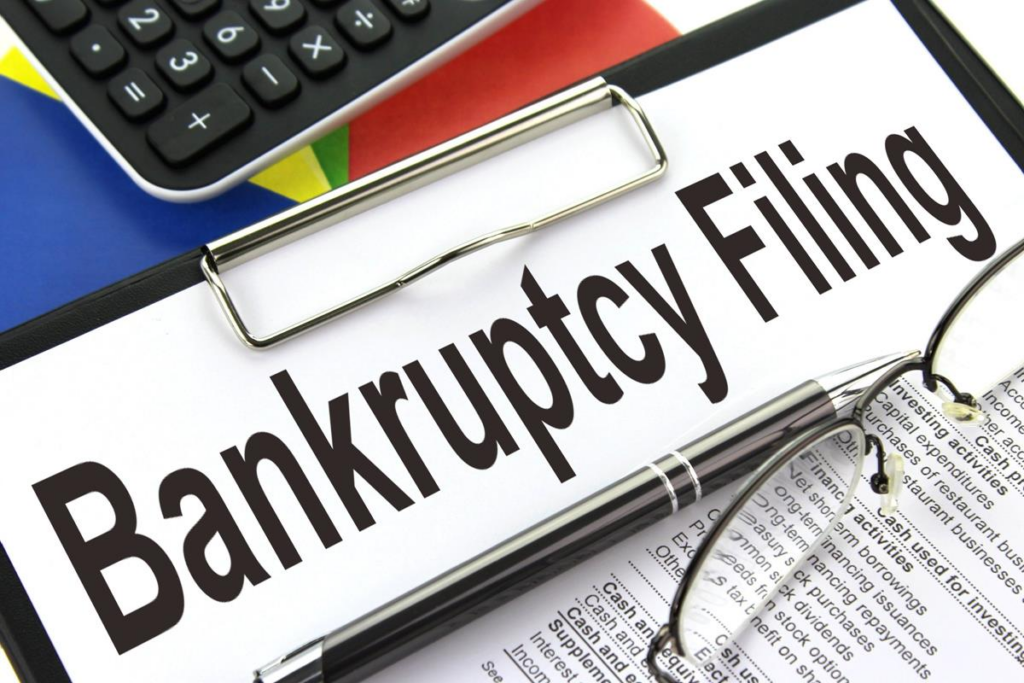As per Bankruptcy Canada, nearly 125,878 Canadians filed for bankruptcy or a consumer proposal in the year 2016. This just goes to show the prevalence of bankruptcy in Canada. It is something that can happen to anyone, including you. Though you hope for the best every single day, you can never know when the adversity may strike. It is, therefore, important to have a fair understanding of the bankruptcy laws in the country.
Declaring bankruptcy is a stressful phase in anyone’s life. The idea of having a third party evaluate all your assets to pay off your debts may sound discomfiting. But, with the help of a good legal firm in Edmonton, you might be able to make the process easier. There are many bankruptcy laws at the federal, provincial and territorial level that ensure you and your creditors can retrieve the rights you deserve. These laws can also help you get through the whirlwind of financial struggle and to have a fresh start:
The Federal Law
The Bankruptcy law or the Insolvency law in Canada is majorly governed by two legislations, namely, The Bankruptcy and Insolvency Act (BIA), and the Companies’ Creditors Arrangement Act (CCAA). While the latter is enforced by the Office of the Superintendent of Bankruptcy, the Licensed Insolvency Trustees administer the Bankruptcy and Insolvency Act.
With the help of a legal firm in Edmonton, you can file for personal bankruptcy, business bankruptcy, and a consumer proposal under the federal law.
The Bankruptcy and Insolvency Act
The aim of the Bankruptcy and Insolvency Act (BIA) is to help honest Canadians with their financial troubles. This act protects the rights of you and your creditors and informs the concerned authorities about your situation. The concerned authorities, in this case, are the Superintendent of Bankruptcy, the representatives of the Superintendent of Bankruptcy (official receivers), the court, trustees, and the creditors. This law is not supposed to be punitive but, as mentioned above, enables people to have a fresh start. The end result is that you will be able to get rid of your debts and your creditors will get their fair share of what you can pay.
The Companies’ and Creditors Arrangement Act (CCAA)
The Companies’ and Creditors Arrangement Act as the name suggests helps insolvent companies to restructure their business to be able to repay their creditors. To seek coverage under the CCAA, the debtor company or companies need to have an indebtedness of at least C$ 5 million.
Once the proceedings begin under the CCAA, the debtor company will get to retain its possession and control over its property. The court will then appoint a monitor for the company who will supervise the operations of the organization as it gets restructured.
Provincial Law
The provincial law covers the civil and property rights of the citizens and affects various insolvency related matters.
Alberta Bankruptcy Law
As per the Bankruptcy and Insolvency Act, you are allowed three exemptions in case of bankruptcy. These are:
- Property you hold in trust of other persons
- GST credit payments and prescribed payments relating to your family’s essential needs.
- The exemptions as stated in the provincial law. In this case, it would be the Alberta bankruptcy law.
Understanding the implication of the bankruptcy laws might seem overwhelming to any individual. Hence, to know more about bankruptcy in Canada, get in touch with a reputed legal firm in Edmonton.

